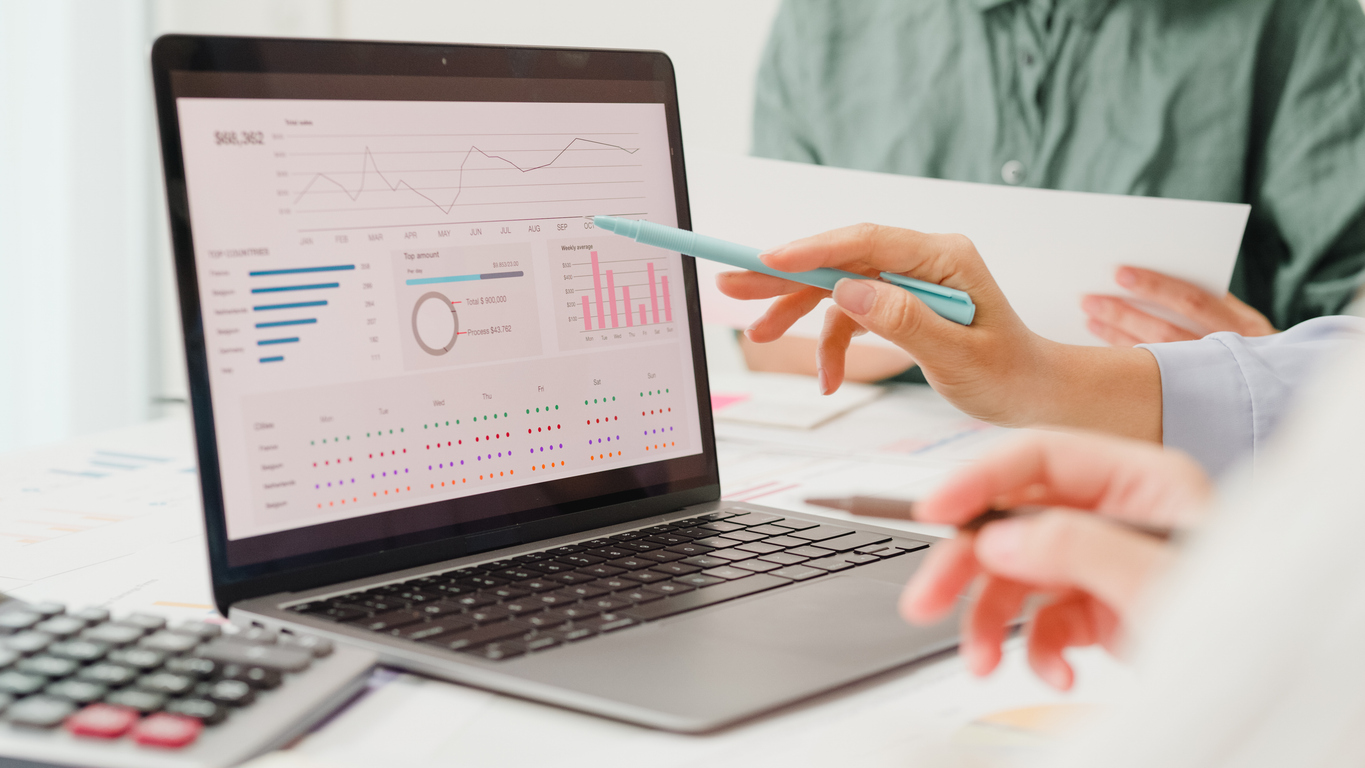When you plan an event, you want it to make a big splash. It should leave lasting memories and create ripples through your audience, industry, and market pools. But how do you know just how big an impact your event had? How do you measure how eager attendees will be to come back next year? Whether they tell their friends and colleagues excitedly about their experience, or how much your brand benefitted from the event itself. The answers to these questions can be discovered through event analytics. By understanding what you are measuring and how to measure it, you can determine the impact of every event, hone your strategy to achieve an even greater effect for future events, and develop a tailor-made program that will have your target audience coming back year after year.
Setting Clear Objectives
The first step in event analytics is to define your goals and objectives. Do this before the event so you can focus your data collection on the insights you hope to measure.
Every event is planned with objectives in mind, so this step is often easy to do so take the time to meet with your biggest stakeholders and determine what will make this event a success in their eyes. Common examples of event objectives include brand awareness, lead generation, attendee satisfaction, and high demand for future events.
By defining clear objectives, you can more directly inform event analytics. This will guide what and how you measure your success by defining what success looks like for each event.

Choosing the Right Metrics
Once you know the goals of an event, the next step is to select success metrics that align with your objectives. For each key moment, align specific metrics that can quantitatively and qualitatively measure impact:
- Sentiment Analysis: Use real-time sentiment tracking tools during live streams or analyze the tone of comments and posts made during or after the story is shared.
- Recall Metrics: Include key points from the story arc in post-event surveys to assess how well attendees remember and understand the content.
- Key Performance Indicators (KPIs): for various event goals (e.g., social media engagement, website traffic, sales conversions)
- Engagement Metrics: Track when engagement peaks during the event using live polling or applause levels (measured through audio sensors in a physical event or ‘like’ features in virtual settings).
Collecting Data During the Event
During your event, you have the opportunity to collect an enormous amount of data. This can be done through attendee surveys, event app polls, social media monitoring, RFID bracelet tracking, and QR code scanning. Leverage existing technology to find a medium in which your attendees will participate in. It’s important to capture your live event data in real-time for accurate analysis. You want to know what people are doing, how they engage with the event, and what they are thinking – not three days after they get home.
Tools and tech that work for event data collection include:
- quicktapsurvey.com
- slido.com
- swoogo.events
- Eventsquid.events

Analyzing the Data
By the end of your event, you will ideally have collected tons of data. But that data isn’t useful until it’s been effectively analyzed. Start by organizing and consolidating your data from all the various sources you used.
Arrange the data into insight groups based on the goals and metrics you established at the beginning of the process– things like industry, location, and role may be important data points for your team. Then, you can start gathering insights.
One of the most useful analysis methods is visualizing the data in charts, graphs, and timelines. Seeing the data represented visually often makes it far easier to understand and interpret into meaningful insights and share across teams.
Once you arrange the data into results you can begin identifying trends, patterns, and important correlations in the data collected.
Interpreting Results and Drawing Conclusions
Once you have analyzed the data, you can begin interpreting the meaning behind the results and understanding if your event was a success based on the metrics you set out for yourself at the start. Divide the data into the defined success metrics to determine the strengths of your event and the areas where you have room for improvement.
Data analysis and interpretation also give you the perspective you need to make data-driven decisions about future events. Knowing how attendees engaged with the event can help you plan more memorable and immersive events in the future based on your specific KPIs.

Adjusting Strategies for Future Events
Compare your event planning strategy to the results of your event data. You can then use the insights from the real-time event data collection and post-event analytics to refine your event strategies. Locate where the data shows a gap between your intended outcome and the feedback received. Determine where the data indicates you exceeded your expectations and should lean into your existing strengths.
From there, you can implement changes based on data-driven recommendations and insights. This is crucial for event planning since your attendees’ feedback can make or break your program. Focus on what the people you care about are saying and ensure they feel heard at your next event.
Embracing Event Analytics for Maximum Event Impact
When you plan an event, you naturally want it to have a big impact. Event analytics gives you that power by helping you refine your goals to specific, measurable objectives, then collect and interpret the data you need to determine if your goals are being met and your event is a success.
Event planners have every reason to invest the time and resources necessary to collect and analyze event data. If you’re ready to leverage data to improve your future events, it’s time to embrace event analytics and the partners that can help you produce the event you’ve been dreaming of. Schedule a call with the SFG Productions team to discuss how we can help make your next event a success.
